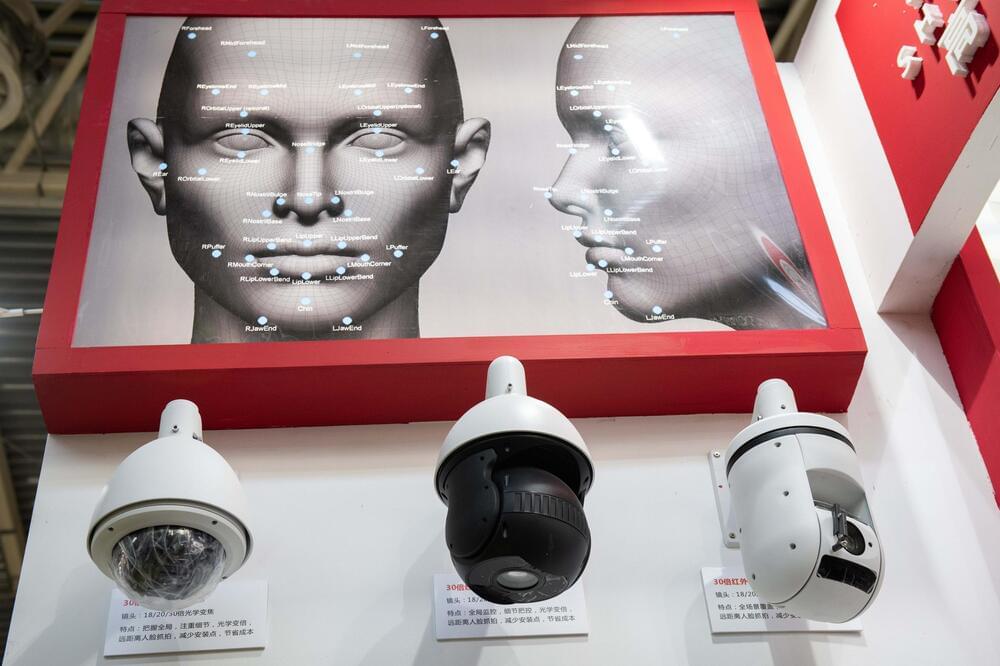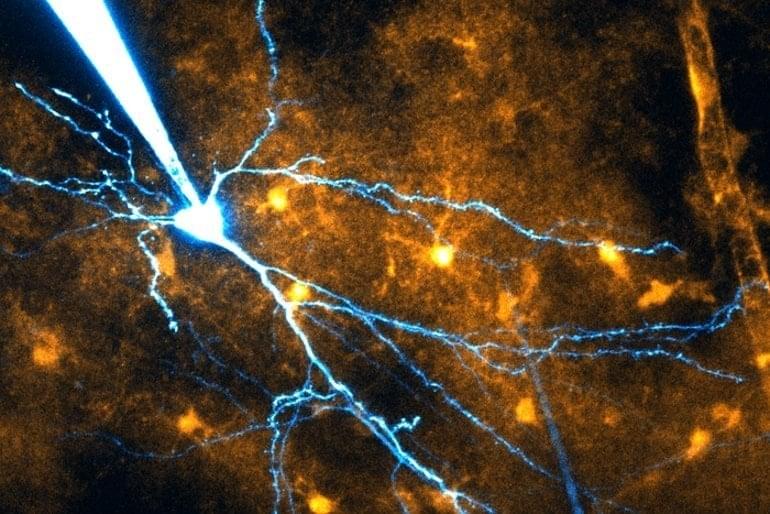COVID-19 is defined as a respiratory infection, but the effects of the novel coronavirus are certainly not confined to any one organ.
Dozens of recent autopsies show persistent evidence of SARS-CoV-2 throughout the body, including in the lungs, the heart, the spleen, the kidneys, the liver, the colon, the thorax, muscles, nerves, the reproductive tract, the eye, and the brain.
In one particular autopsy, remnants of the novel coronavirus were found in the brain of a deceased patient 230 days after they first started showing symptoms.








